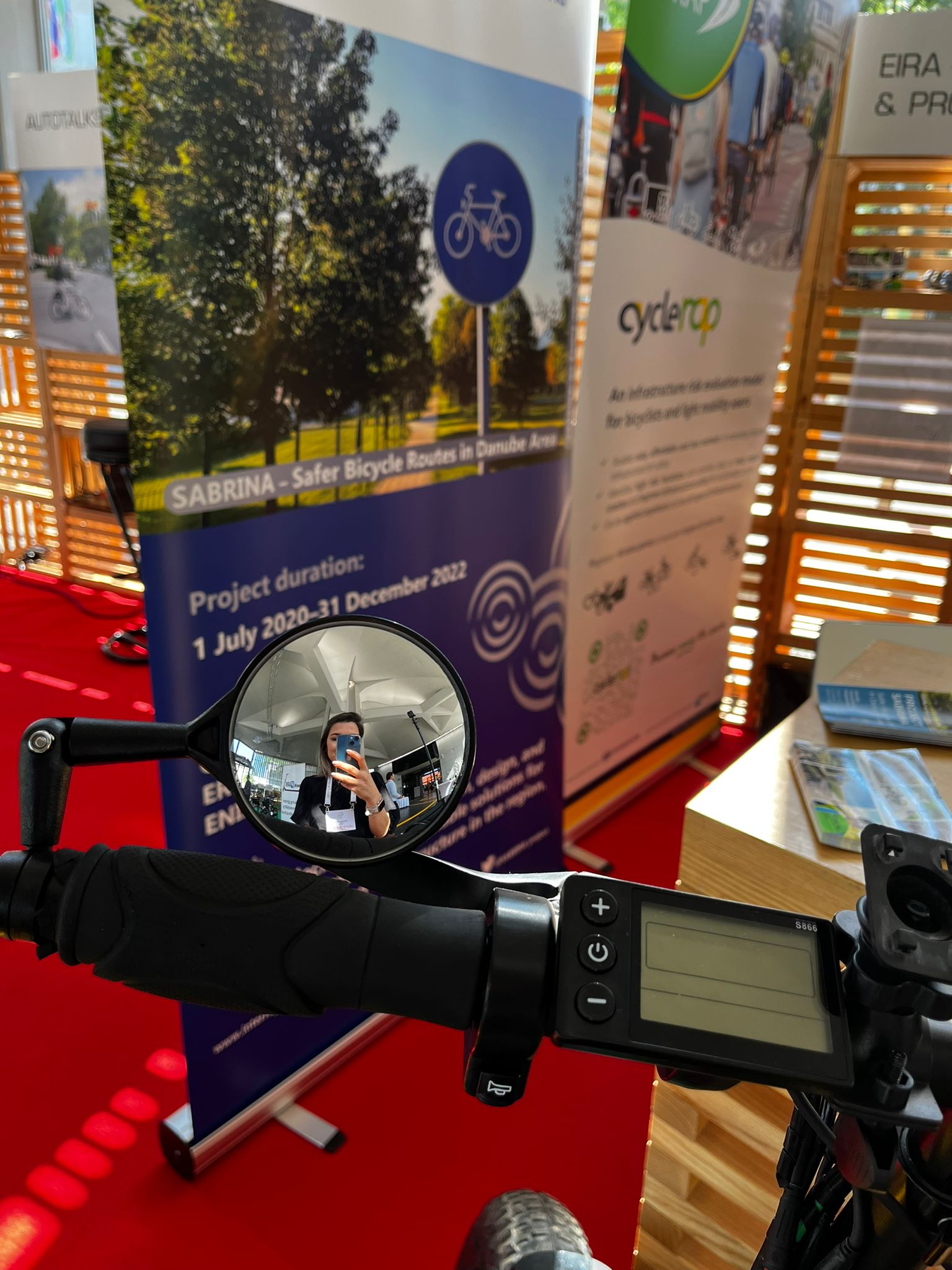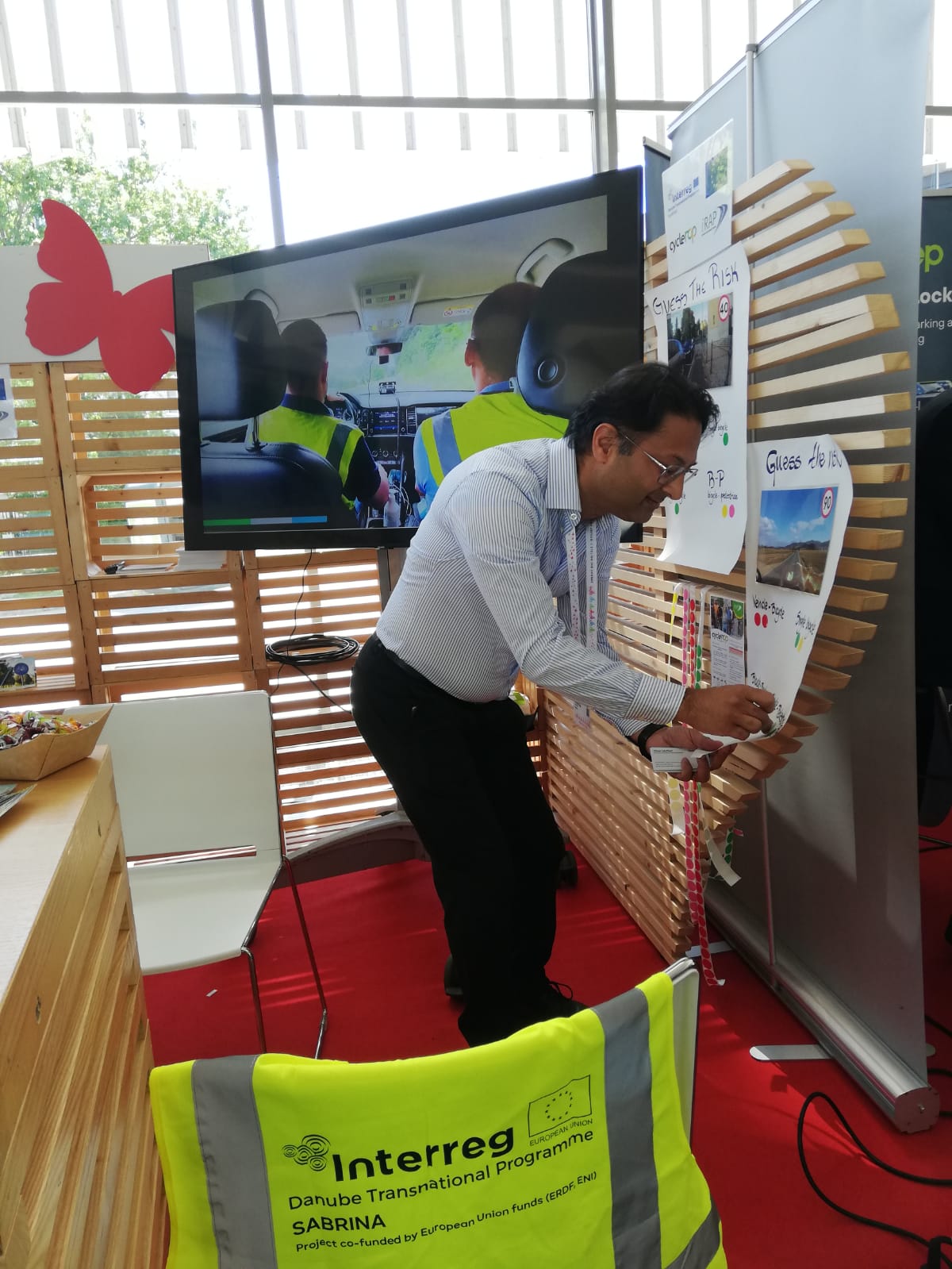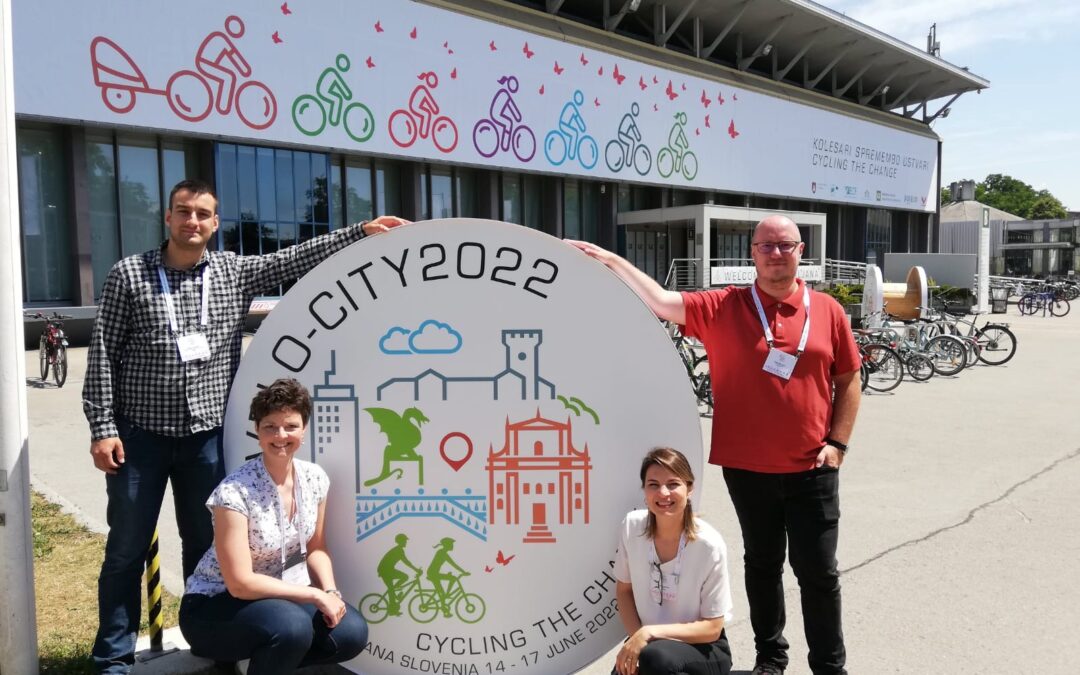Media Release – 14 June 2022
Following successful pilots in Europe and four years of research development in consultation with global cycling and safety experts, CycleRAP was launched at the Velo-city Conference on 14 June 2022 in Ljubljana, Slovenia.
CycleRAP is the latest of a range of innovative tools and models iRAP provides to help make the world’s road networks safer. It comes at a critical time, where cities around the world are working to improve the infrastructure and safety of sustainable transport modes.
CycleRAP is a model which can be used for easy, affordable and fast evaluation of road and bicycling infrastructure for safety. It aims to help cities and others identify where the risk of bicycle and light mobility crashes is high so safety can be improved.
CycleRAP can be used anywhere in the world. The model uses data about the features of a road, street or path to evaluate the risk of crashes for bicyclists and light mobility users—irrespective of the type of facility (or whether it is on or off road) and for all crash types.
The CycleRAP model and data will be valuable to a wide range of stakeholders, including transport and urban planners, bike share and micro mobility sharing service providers, bicycle courier and food delivery companies and school communities.
Specific uses include:
- Addressing explicit or general safety concerns for bicyclists and light mobility users
- Evaluating existing network’s capacity to cater for rapidly increasing demand or increase in new vehicle types
- Prioritise funding and investment into bicycling and light mobility infrastructure
- Assist cities formalising rapid response measures for bicyclists post COVID19.
The model has been developed by iRAP with oversight of an international expert advisory group, and built upon the earlier work of the Dutch mobility club, ANWB.
“CycleRAP is the first globally-applicable model of its kind,” said Monica Olyslagers, iRAP’s Global Innovation Manager and Cities Specialist, “iRAP remains committed to providing evidence-based road safety models that can inform good policy, investment and design for safer mobility. Safety for bicycling and other forms of light mobility are critical for cities moving toward more healthy and environmentally friendly modes.”
The CycleRAP model expands upon iRAP’s current Bicyclist Star Ratings so that paths can be assessed independent of road networks. It also takes into account a broader range of crash types relevant to bicyclists and other forms of light mobility. It does not only assess the risk of conflicts with large vehicles, but also that with other bicyclists or light mobility riders, pedestrians, and the risk of crashes not involving other users.
It is estimated that internationally, 60-90% of hospitalisations resulting from bicycle and light mobility crashes do not involve a direct conflict with a vehicle. “Bicycle crashes are notoriously under-reported everywhere,” said Ms Olyslagers, “Even where someone is severely injured in a bicycle crash, if a vehicle isn’t directly involved, only an ambulance is called. The crash rarely makes it into police reports.”
“CycleRAP fills this gap so that those responsible for managing this infrastructure can pin-point where high risk sections are and improve the safety of them before crashes happen.”
CycleRAP was piloted along with other assessment methodologies in the EIRA-EuroRAP SABRINA Project.
The SABRINA Project, running in the framework of the Danube Transnational Programme (Interreg Danube) with co-funding by European Union funds (ERDF, ENI), aims to tackle cycling infrastructure safety issues on existing, planned and missing cycling corridors across nine countries of the Danube region. The 2.5-year project has assessed 2,500km of long-distance EuroVelo cycle routes, building a tool for their assessment, and canvassing implementation opportunities with road authorities.
“CycleRAP is the newest of the assessment methodologies being used and compared under the SABRINA project. Using CycleRAP has meant we have been able to assess the risk on parts of the network which are separate to the road network,” explains Olivera Rozi, the SABRINA Project Director. “It also gives us a better understanding of the quality of the infrastructure for bicyclists. It can be used on long-distance routes as well as in urban areas.”
iRAP is partnering with leading industry partners to ensure the CycleRAP model can be of benefit to as many cities as possible through existing tools and platforms. These partnerships will be announced over coming months.
For more information:
- To learn more about CycleRAP, visit irap.org/cyclerap
- Register your interest for CycleRAP updates here
- For enquiries on using CycleRAP or becoming an industry partner, contact Monica Olyslagers, iRAP’s Global Innovation Manager and Cities Specialist by email monica.olyslagers@irap.org




















